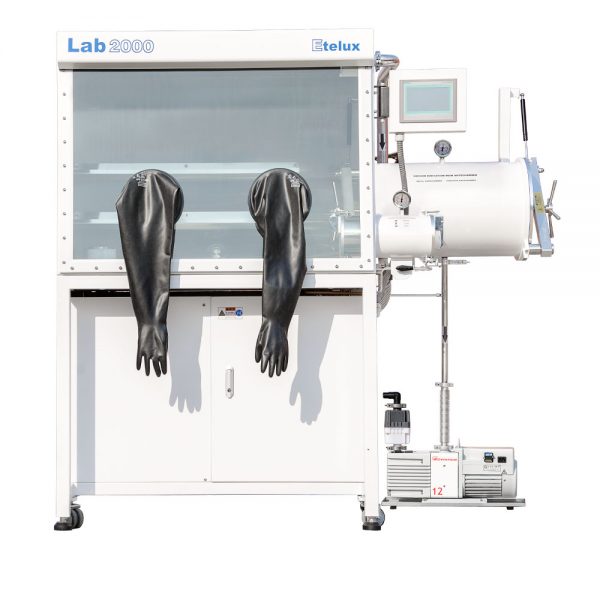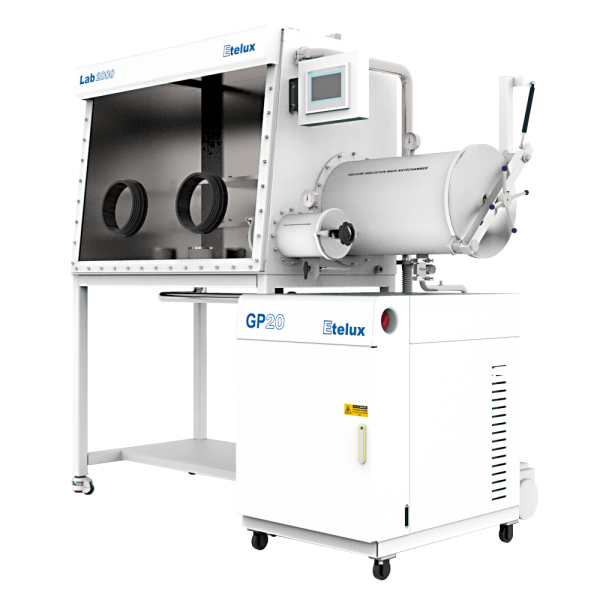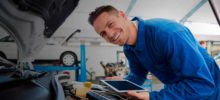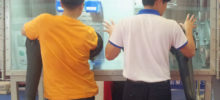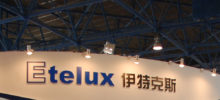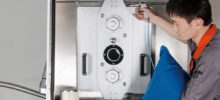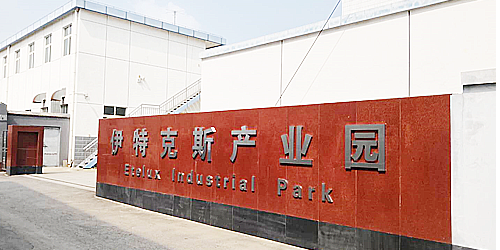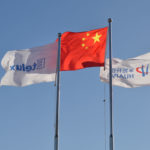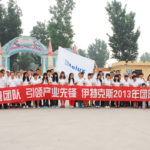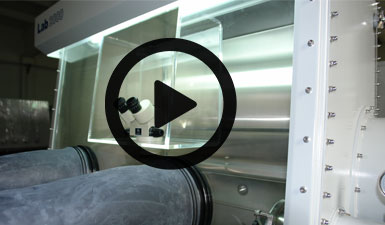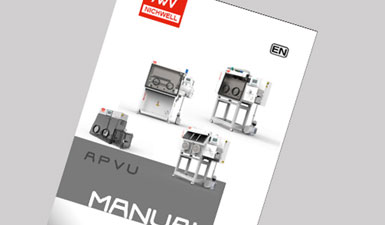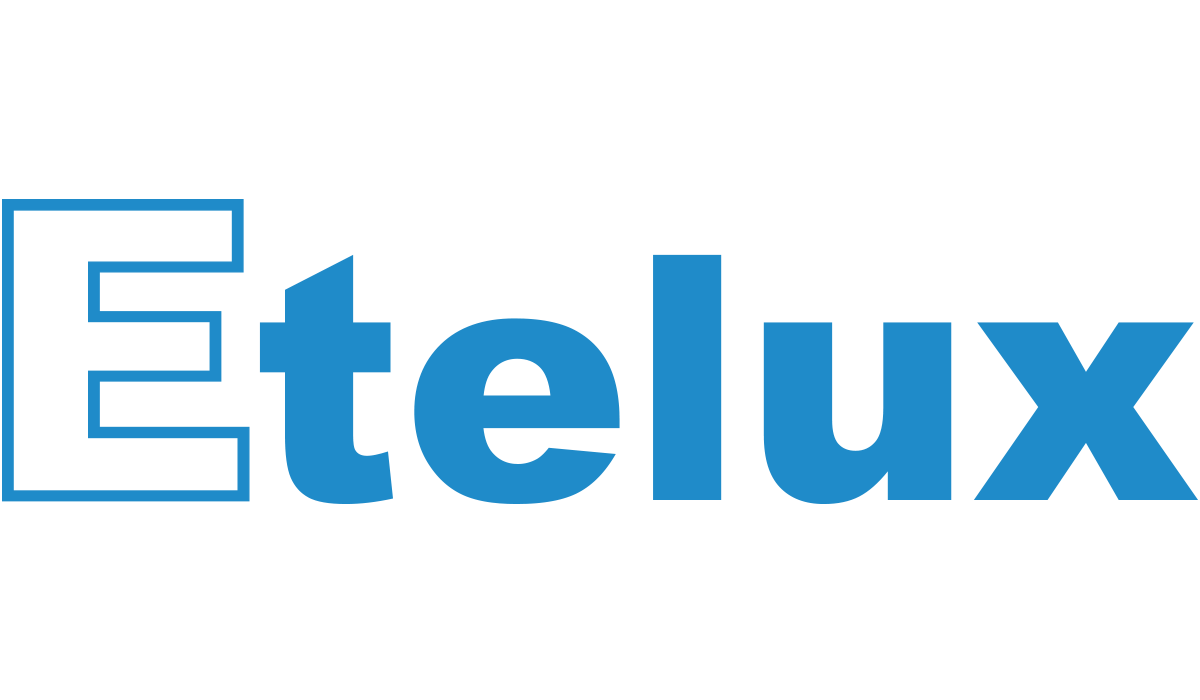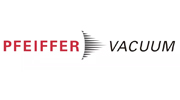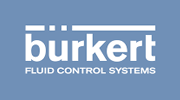With Chang’e 6 embarking on mankind’s first “digging” trip to the back of the moon, the world’s attention to moon soil is directly full.
At 17:27 on May 3, the Chang’e 6 probe was launched by the Long March 5 Remote 8 Launch Vehicle from China’s Wenchang Space Launch Complex, and then accurately entered the Earth-Moon transfer orbit, making the launch mission a success. This is the world’s first back-of-the-moon sample return mission, and Chang’e 6 is expected to bring back about 2 kilograms of back-of-the-moon samples.
In December 2020, China’s Chang’e 5 lunar probe successfully collected lunar soil and brought it back to Earth, marking the first time humans have obtained lunar soil after 44 years.
The added difficulty of Chang’e 6’s mission compared with Chang’e 5, which successfully sampled the front side of the moon, is that the landing, sampling and takeoff on the back of the moon need to be measured and controlled by relay satellites, and cannot be directly monitored by ground stations. Although various preparations can be made before takeoff on the lunar back, there is only one chance for the vehicle to enter the correct orbit once it takes off.
The Chang’e 6 mission will break through key technologies such as lunar retrograde orbit design and control, intelligent sampling on the back of the moon and takeoff and ascent on the back of the moon, implement automatic sampling and return on the back of the moon, and at the same time carry out scientific exploration of the landing zone and international cooperation, which, if successful, would be the first time that mankind has landed on the back of the moon and sampled and returned to the back of the moon.
In terms of scientific research, after the Chang’e 6 mission achieves sample return, it will conduct systematic and long-term laboratory research on samples from the backside of the Moon, analyze the structure, physical properties and material composition of the lunar soil, and deepen the research on the causes of the Moon’s genesis and evolutionary history.
Among the lunar samples collected by Chang’e 5, NERI obtained a 50-milligram sample of lunar soil powder, which was placed in a glove box in a laboratory on the first floor of the institute’s experiment building. The glove box is similar in design to the mobile square chamber glove used for nucleic acid testing. The difference is that the glove box is filled with nitrogen, researchers put on a white coat, put their hands into the glove box, you can use a high-magnification optical microscope for mineralogical observation and classification, and then respectively, the use of noble gas mass spectrometry, electron probe, high-precision laser stripping of inductively coupled plasma mass spectrometry and other equipment, one after another, to carry out the helium-3 content, mineral composition, the content of the main trace elements such as the determination of further scientific research, provide raw data for the The original data are provided for further scientific research.
Glove box is a set of high-performance, high-quality automatic absorption of water, oxygen molecules, super purification glove box, to provide a purification of the needs of the working environment of the closed loop working system, can meet your specific cleaning requirements for the application of the 0.1 ppm O2 and H2O inert atmosphere environment. The system is an economical recirculating purification system designed to meet the needs of our customers’ research and development. The overall system consists of a hermetically sealed chamber, a set of transition chambers, an imported rotary vane vacuum pump, and a cyclic purification system with an integrated micro-controller operator panel. The standard Lab2000 system is equipped with an inert gas purification system that installs a set of purification columns (fully automatic and renewable) to purify and maintain the atmosphere in the glove box chamber. Widely used in ultra-pure environments without water, oxygen and dust, such as: lithium-ion batteries and materials, semiconductors, supercapacitors, specialty lamps, laser welding, brazing, materials synthesis, OLEDs, MOCVD and so on. It also includes biological applications, such as anaerobic bacteria culture, cell low oxygen culture, etc.

